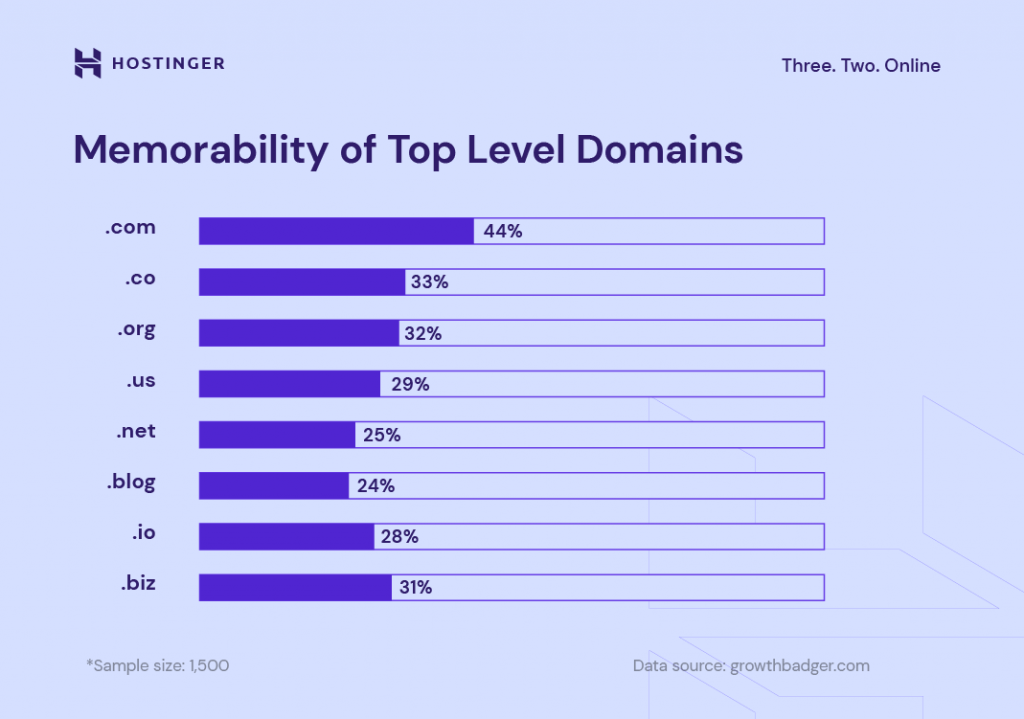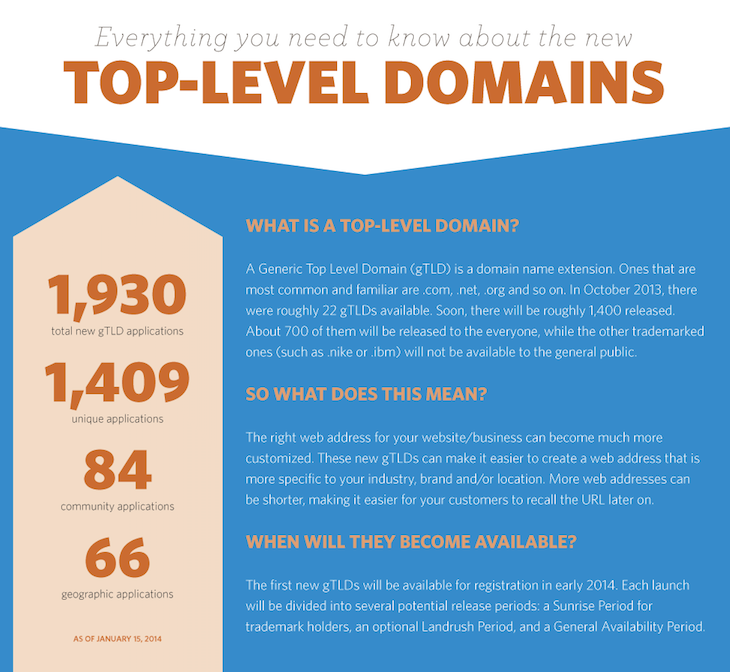Unlock the secrets of the internet and discover what a top-level domain is and why it’s important for your website!

Image courtesy of via DALL-E 3
Table of Contents
Hey there, curious minds! Today, we’re going to talk about something super cool and important when it comes to the internet – “top level domains,” also known as TLDs. Imagine the internet as a giant library with millions of books (websites). TLDs are like the labels on the shelves that help us quickly find the books we’re looking for. Let’s dive into the world of TLDs and discover why they play a crucial role in keeping the internet organized!
So, what exactly is a top-level domain, and why should we care about them? Well, to answer that, we first need to understand that every website you visit has a unique address, just like your home has a street address. The TLD is the last part of a website’s address, like the “.com” in www.example.com. It helps us know what type of website we’re visiting and where it sits in the vast universe of the internet. Cool, right?
Imagine you’re walking down a street with different houses. Each house has a different color door (TLD). The colors help you know if it’s a house (website) where you can buy toys, read stories, or watch funny cat videos. TLDs do the same thing for websites – they tell us what to expect when we visit a particular site. Now, let’s explore some examples of TLDs, like .com, .org, and .net, that you might have seen while surfing the web!
What is a Top Level Domain?
In the world of the internet, websites are like houses with unique addresses. Just like houses have street names and numbers, websites have their own special addresses called Top Level Domains (TLDs).
Basic Definition
A Top Level Domain is the last part of a website address. It’s like the ending of a story or the last piece of a puzzle that helps us know what the website is all about. Imagine if website addresses were like book titles – the Top Level Domain would be like the genre (e.g., mystery, adventure).
Examples of TLDs
Some common examples of Top Level Domains include .com, .org, and .net. When you visit a website, you can usually see these letters at the end of the address. Each TLD tells us something special about the website we are visiting. For example, .com is often used for commercial websites, while .org is commonly used for non-profit organizations.
Why Do We Use TLDs?
Have you ever wondered why some websites end with .com, .org, or .net? These endings are called Top Level Domains (TLDs), and they play a crucial role in organizing and navigating the vast world of the internet. Let’s dive into why TLDs are so important!
Organizing the Internet
TLDs help categorize different types of websites, making it easier for us to find what we’re looking for. Just like books are grouped by genres in a library, websites with similar purposes are grouped under specific TLDs. For example, websites related to businesses often use .com, while educational sites may use .edu.
Making Browsing Easier
Imagine trying to remember the exact address of every website you visit without TLDs. It would be like finding a needle in a haystack! TLDs make it simpler to remember and identify website types. When you see a familiar TLD like .gov, you instantly know that the website is related to the government.
Types of TLDs
A Generic Top-Level Domain (gTLD) is a common type of TLD that represents different categories of websites on the internet. These are the endings you see at the end of a website address, such as .com, .org, and .net. Each of these gTLDs serves a specific purpose. For example, .com is typically used for commercial websites, .org for organizations, and .net for networking sites.

Image courtesy of www.visualistan.com via Google Images
Country Code TLDs (ccTLDs)
Country Code Top-Level Domains (ccTLDs) are specific to different countries around the world. They are a two-letter code at the end of a website address, like .us for the United States, .uk for the United Kingdom, and .jp for Japan. These ccTLDs help users identify where a website originates from and can be useful for local businesses or organizations targeting a specific country.
How Are TLDs Managed?
Managing Top Level Domains (TLDs) is crucial to ensure that the internet functions smoothly and efficiently. Let’s take a closer look at who oversees TLD management and how it is regulated across the vast world of the internet.
Role of ICANN
One of the key players in the management of TLDs is the Internet Corporation for Assigned Names and Numbers (ICANN). ICANN is like the referee of the internet, ensuring that TLDs are allocated and maintained correctly. They establish the rules and regulations that govern TLDs, making sure that each one serves its intended purpose.
Registry Operators
Registry operators play a vital role in the day-to-day management of specific TLDs. These operators are responsible for maintaining the database of domain names within their designated TLD. They handle tasks like registering new domain names, renewing existing ones, and ensuring that the TLD operates smoothly.
Choosing the Right TLD for Your Website
When you decide to create a website, one of the key things to consider is choosing the right Top Level Domain (TLD). The TLD is like the finishing touch to your website address, and it can say a lot about your site. Let’s explore how to pick the perfect TLD based on your website’s purpose and audience.

Image courtesy of www.hostinger.com via Google Images
Considering Your Audience
Before selecting a TLD for your website, think about who your target audience is. Are you aiming to attract students, businesses, or nonprofit organizations? Different TLDs can help signal the type of content your site offers to visitors.
Matching Website Purpose
It’s essential to align your TLD with your website’s purpose. For example, if you’re creating a site for educational resources, a .edu TLD would be a great fit. If you’re starting a website for a nonprofit organization, a .org TLD could convey trustworthiness and credibility. Matching your TLD with your website’s mission helps visitors know what to expect when they arrive.
The Future of TLDs
As we look ahead to the future of the internet, Top Level Domains (TLDs) are set to undergo some exciting changes that could shape how we navigate websites. Let’s explore what the future might hold for TLDs and how these changes could impact our online experience.
New TLD Innovations
Recently, there has been a surge in the introduction of new TLDs beyond the traditional .com or .org. These newer TLDs, such as .app or .blog, offer website owners more options to choose from. They can better reflect the nature of their websites, making it easier for users to understand what to expect when visiting a site. This trend towards more specialized TLDs is likely to continue, providing even more variety and specificity in web addresses.
Impact of Emerging Technologies
Advancements in technology, such as artificial intelligence and the Internet of Things, are expected to influence the use and creation of TLDs in the coming years. With the rise of smart devices and interconnected systems, TLDs may play a crucial role in identifying and categorizing these devices online. Imagine a future where each smart appliance or sensor has its own unique TLD, making it easier to access and manage these devices from anywhere in the world.
Conclusion
In conclusion, Top Level Domains (TLDs) play a crucial role in organizing the vast world of the internet. They are like the labels at the end of a website address that help us identify the type of website we are visiting. TLDs make browsing easier by categorizing websites into different groups based on their purpose.

Image courtesy of www.webmechanix.com via Google Images
Key Points Recap
We learned that TLDs include common endings like .com, .org, and .net, with each serving a specific function. Generic TLDs (gTLDs) such as .com are widely used for various websites, while country code TLDs (ccTLDs) like .us represent specific countries.
It’s essential to choose the right TLD for your website, considering your audience and aligning it with your site’s purpose. By selecting a suitable TLD, you can effectively communicate your website’s content and attract the right visitors.
Looking towards the future, we can expect to see innovations in TLDs, with new options like .app and .blog emerging to meet changing internet trends. Advancements in technology may also influence how TLDs are used and created in the coming years.
Overall, understanding TLDs empowers website owners and internet users to navigate the online world more efficiently. By grasping the basics of TLDs, you can make informed decisions about your website’s domain name and enhance your online presence.
Want to turn these SEO insights into real results? Seorocket is an all-in-one AI SEO solution that uses the power of AI to analyze your competition and craft high-ranking content.
Seorocket offers a suite of powerful tools, including a Keyword Researcher to find the most profitable keywords, an AI Writer to generate unique and Google-friendly content, and an Automatic Publisher to schedule and publish your content directly to your website. Plus, you’ll get real-time performance tracking so you can see exactly what’s working and make adjustments as needed.
Stop just reading about SEO – take action with Seorocket and skyrocket your search rankings today. Sign up for a free trial and see the difference Seorocket can make for your website!
Frequently Asked Questions (FAQs)
What is the most common TLD?
Great question! The most common TLD is .com. You’ve probably seen it at the end of many website addresses like www.example.com. It stands for commercial and is widely used by businesses, companies, and even personal websites.
Can anyone create a new TLD?
Actually, not just anyone can create a new TLD. There is a special organization called ICANN (Internet Corporation for Assigned Names and Numbers) that oversees the process of creating new TLDs. Companies or organizations can apply to ICANN with a proposal for a new TLD, and if it meets certain criteria, they may be granted permission to use it.
Do TLDs affect website security?
While TLDs themselves don’t directly impact website security, the choice of TLD can influence users’ perceptions of a website’s legitimacy. Some TLDs, like .gov or .edu, have specific requirements for registration that help ensure the credibility and security of websites using them. It’s always important to be cautious when visiting websites with less common or unfamiliar TLDs to protect yourself online.







